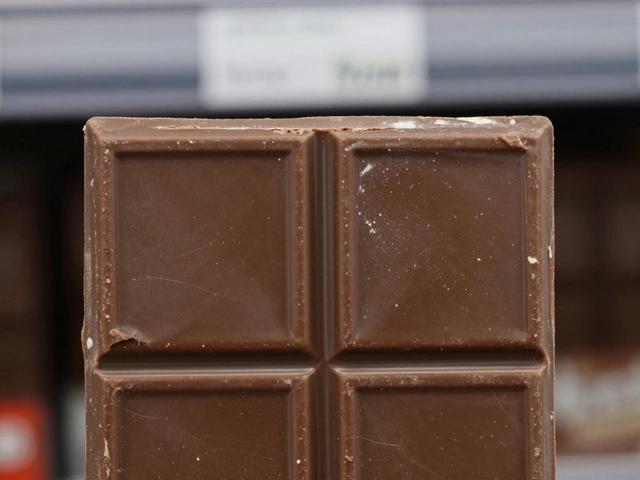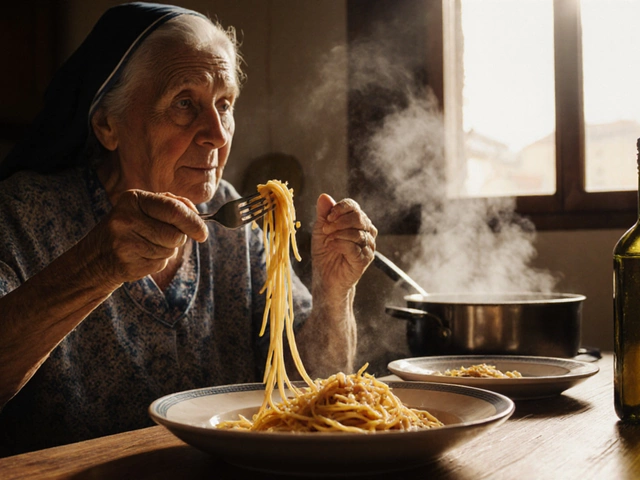Eggs in Cookies – The Simple Ingredient That Changes Everything
Ever wonder why a cookie recipe always calls for an egg? It’s not just tradition. Eggs bring moisture, bind the dough, and give the crumb a nice lift. Without them, you get a dry, crumbly mess that falls apart at the first bite.
Most home bakers use one large egg for a dozen standard‑size cookies. If you’re making a bigger batch, scale up: two eggs for 24 cookies, three for 36, and so on. The exact number can shift a little depending on how chewy or cakey you want the final result.
What Eggs Do in Your Cookie Dough
First, eggs act as a binder. The proteins in the egg white and yolk soak up the flour and sugar, creating a network that holds everything together. That’s why you don’t get a dough that falls apart when you scoop it onto a baking sheet.
Second, eggs add moisture. A typical large egg contributes about 45 ml of liquid, which keeps the cookie from drying out during baking. More moisture equals a softer interior, especially important for chewy chocolate chip cookies.
Third, eggs help with leavening. The air you whisk into an egg before mixing adds tiny bubbles that expand in the oven, giving the cookie a slight rise. That’s why a brownie can feel more cake‑like when you add an extra egg.
Finally, the yolk adds richness and color. Fat in the yolk coats flour particles, resulting in a tender crumb and a golden‑brown top. If you skip the yolk, cookies may look pale and feel a bit dry.
Want to tweak texture? Use only egg whites for a crispier cookie—less fat means more spread. Use only yolks for a richer, cakier bite. Mixing both gives a balanced, classic texture.
Egg Alternatives for Vegan Cookies
Not eating eggs? No problem. There are plenty of plant‑based swaps that mimic the binding and moisture functions of eggs.
Flax or chia “egg.” Mix 1 tablespoon of ground flax or chia seeds with 3 tablespoons of water, let sit 5 minutes, and you’ve got a gelatinous substitute that works well in chewy cookies.
Applesauce. Use ¼ cup of unsweetened applesauce to replace one egg. It adds moisture and a subtle sweetness—great for oatmeal or spice cookies.
Mashed banana. ¼ cup of ripe banana works similarly to applesauce, though it adds a mild banana flavor which can be fun in chocolate cookies.
Commercial egg replacer. Brands like Ener-G or Bob’s Red Mill offer powders that you mix with water. Follow the package instructions for the best results.
When swapping, keep an eye on spread. Some alternatives, especially fruit‑based ones, add extra sugar or moisture, causing cookies to flatten more than usual. Adjust flour or bake a minute longer if needed.
Bottom line: eggs are the unsung heroes of most cookie recipes. Whether you use a whole egg, just the yolk, or a vegan substitute, understanding what the egg does lets you control texture, flavor, and appearance with confidence. So next time you scoop cookie dough, remember the egg’s role—and tweak it to get the exact cookie you crave.






